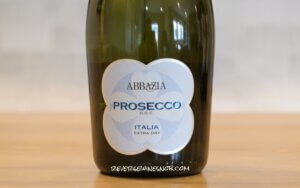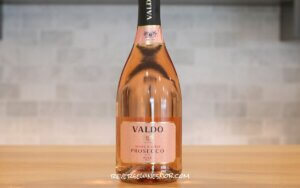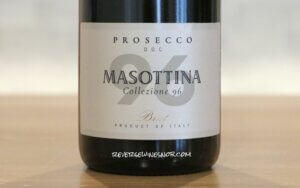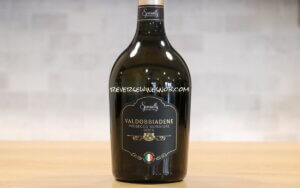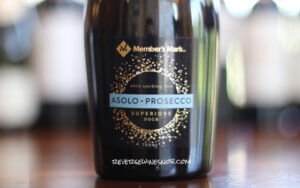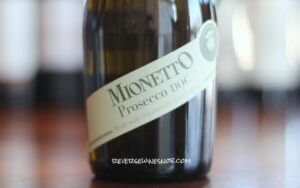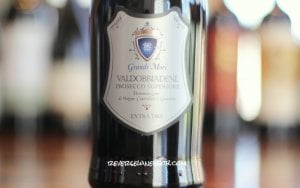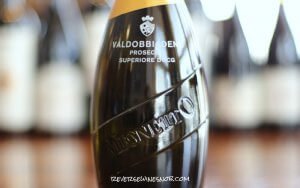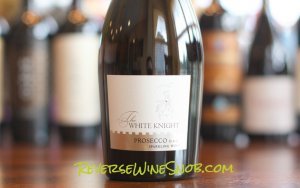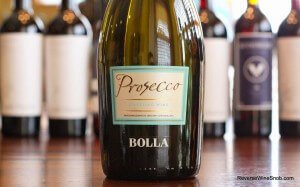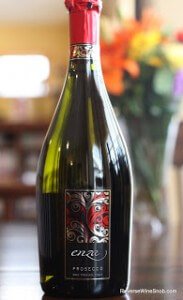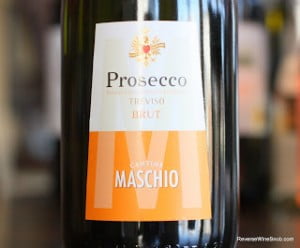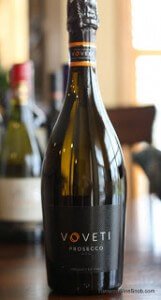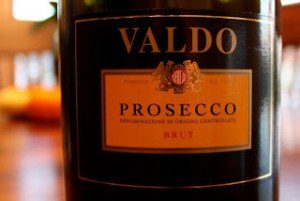The Best Prosecco
Prosecco, the sparkling wine from north-eastern Italy, is hot!
Named after the village of Prosecco in the province of Trieste, these wines have seen a huge increase in popularity in the U.S. in recent years.
Much of this can be attributed to the wide availability of excellent, low price examples which has helped to position Prosecco as a cheap alternative to Champagne. After all, if that cool French sparkling wine is too expensive, a cool Italian sparkling wine will do just as well, and maybe even better!
Being rather simple, yet delicious, and a good match for many foods certainly helps too, although that’s true for a lot of inexpensive sparkling wine.
Let's find out a little more about this sparkling wine from the Veneto and Friuli-Venezia Giulia regions in Italy and then dive into all our favorite picks for the best Prosecco!

The Prosecco name used to refer to the grape itself, which is now known as Glera, but in 2009 Italy changed the name to refer to the region as a whole. However, just like with the name Champagne, other areas of the world (Australia in particular) are not quite on board and are resisting changing the name of the grape to Glera for the wines they sell in the EU.
Glera thrives in the cooler climate of north-eastern Italy and produces wine with high acidity, perfect for making sparkling wine. In addition to the Glera grape (regulations require at least 85%), there are a number of other varieties that can be used to make up the other 15% in Prosecco. These include Verdiso, Bianchetta Trevigiana, Perera, Glera Lunga, Chardonnay, Pinot Bianco, Pinot Grigio and Pinot Noir.
Within the Prosecco region, there are two DOCG, Denominazione di Origine Controllata e Garantita, which is the highest classification of Italian wines. The DOCG classification for Prosecco includes the Asolo Prosecco DOCG as well as the Conegliano Valdobbiadene Prosecco DOCG which includes includes the sub-regions Valdobbiadene Superiore di Cartizze DOCG, Conegliano Valdobbiadene Prosecco Superiore Rive DOCG and Conegliano Valdobbiadene Prosecco Superiore DOCG.
At the DOC level, two regions can be named, Prosecco Treviso DOC and Prosecco Trieste DOC. Wines can also just be labeled as Prosecco DOC.
Similar to other sparkling wines, Prosecco can be made in varying sweetness levels:
- Brut Nature: 0-3 g/L residual sugar
- Extra Brut: 0-6 g/L residual sugar
- Brut: 0-12 g/L residual sugar
- Extra Dry: 12-17 g/L residual sugar
- Dry: 17-32 g/L residual sugar
- Semi-Secco: up to 50 g/L residual sugar
One difference from Champagne is that Prosecco is made using the Charmat method where the secondary fermentation that creates all those delicious bubbles happens in large pressurized tanks, versus in each individual bottle. It’s easy to see how this method can be much more economical but does this necessarily make the wine better or worse? That’s up to the taster.
Lastly, there is also a Prosecco DOC Rosé that was officially put in place in 2020. These wines carry a vintage designation and must include 10-15% Pinot Noir along with the 85% Glera.
And for an added twist, be sure to check out our article "4 Delicious, Fast, and Easy Sparkling Wine Cocktails"!

